DOJ: 102 evidence items collected, 88 witness interviews so far in Jacob Blake investigation
KENOSHA, Wis. - Officials with the Wisconsin Department of Justice (DOJ) Division of Criminal Investigation (DCI) Tuesday, Sept. 1 offered an update on the investigation into the police shooting of Jacob Blake in Kenosha Sunday, Aug. 23, providing some statistics as the investigation continues.
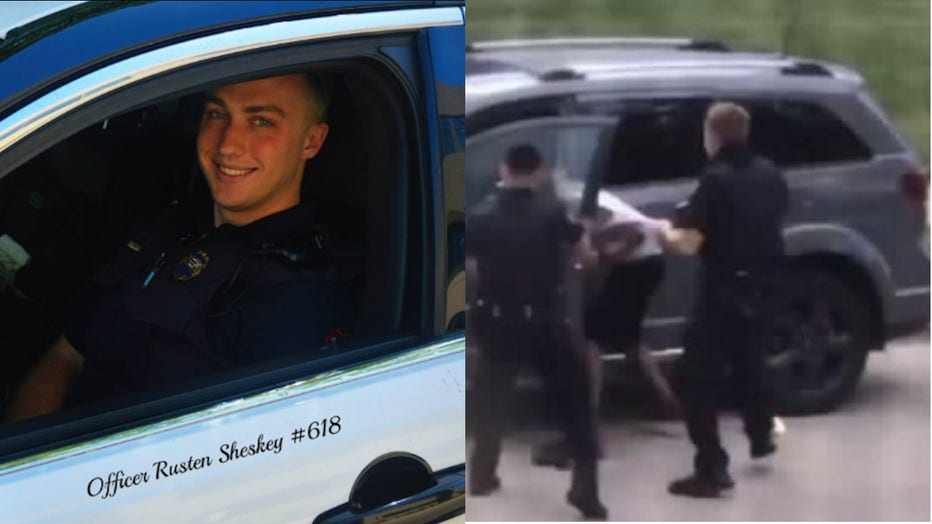
Kenosha Police Officer Rusten Sheskey, Jacob Blake
According to a news release from the DOJ, DCI, along with the FBI, have thus far completed the following as part of the ongoing investigation:
- Conducted 88 witness interviews
- Collected 102 evidence items
- Downloaded 28 videos for review
- Issued 4 search warrants
- Dedicated over 600 hours working on this case as of Aug. 29.
DOJ officials previously laid out the timeline of events from that Sunday evening when Blake was shot, saying Kenosha Police Department officers were dispatched to a residence in the 2800 block of 40th Street after a female caller reported that her boyfriend was present and was not supposed to be on the premises.
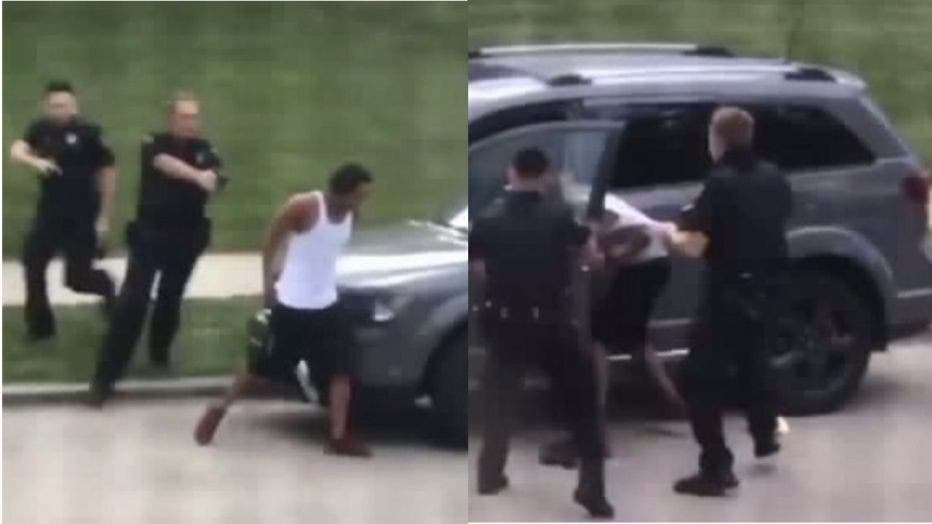
Jacob Blake
During the incident, DOJ officials said police officers attempted to arrest Blake, 29. After the initial attempt to arrest Blake, Kenosha Police Officer Rusten Sheskey deployed a Taser to attempt to stop Blake. When that attempt failed, DOJ officials said Kenosha Police Officer Vincent Arenas also deployed his Taser, however, that Taser was also not successful in stopping Blake.
That's when DOJ officials said Blake walked around his vehicle, opened the driver’s side door and leaned forward. While holding onto Blake’s shirt, Officer Sheskey fired his service weapon seven times "towards Blake’s back," DOJ officials said. No other officer fired their weapon.
The Kenosha Police Department does not have body cameras. Therefore, the officers were not wearing body cameras.
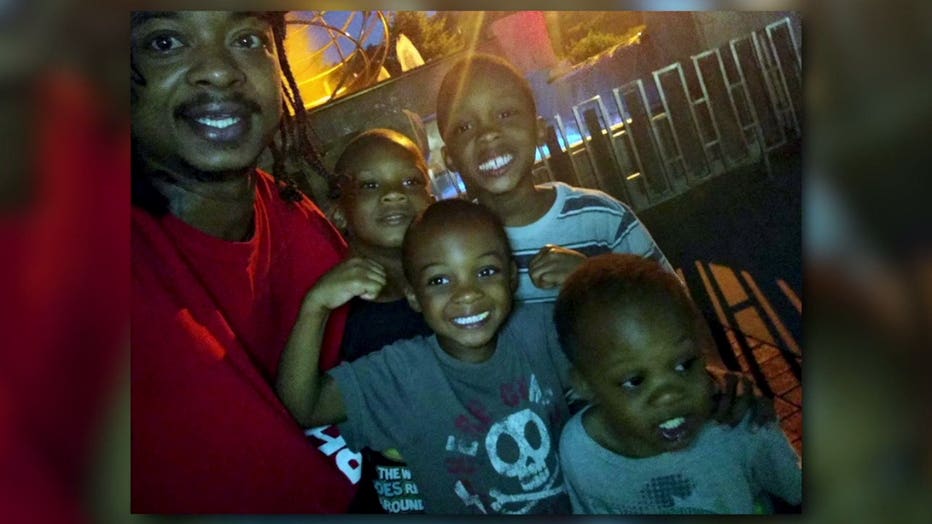
Jacob Blake
According to the DOJ, during the investigation following the initial incident, Blake admitted that he had a knife in his possession. DCI agents recovered a knife from the driver’s side floorboard of Blake’s vehicle. A search of the vehicle located no additional weapons.
Law enforcement immediately provided medical aid to Blake, DOJ officials said, before Flight for Life transported him to Froedtert Hospital in Milwaukee, where he remains.
Sheskey has been with the Kenosha Police Department for seven years. Arenas has served with Kenosha Police Department since February 2019, with prior service with the United States Capitol Police Department. Also present was Kenosha Police Officer Brittany Meronek who joined the Kenosha Police Department in January 2020. The involved officers have been placed on administrative leave.
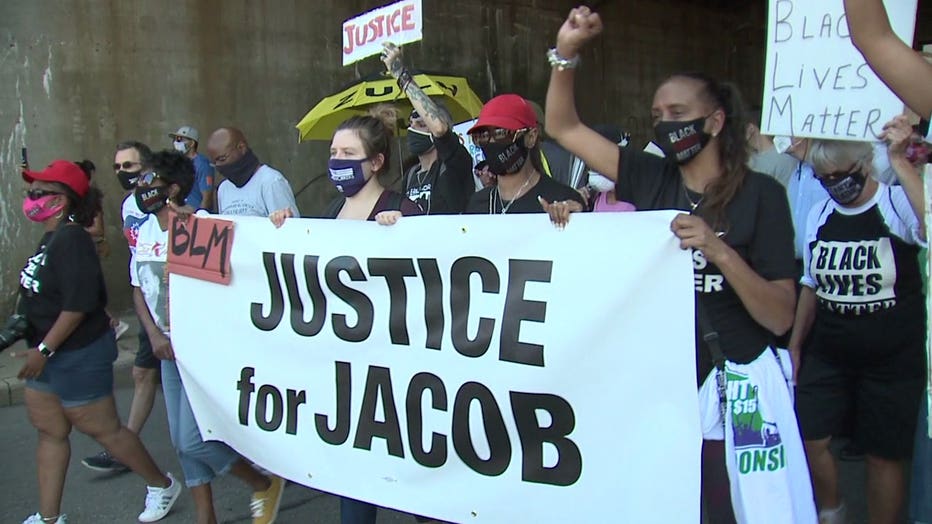
Protesters march in Kenosha, calling for justice in the police shooting of Jacob Blake
Kenosha Professional Police Association accounting of events
On Friday, Aug. 28, the Kenosha police union offered an accounting on officers' perspective, saying Blake had a knife and fought with officers, putting one of them in a headlock and shrugging off two attempts to stun him.
According to Brendan Matthews, attorney for the Kenosha Professional Police Association, the officers were dispatched there because of a complaint that Blake was attempting to steal the caller’s keys and vehicle. Matthews said officers were aware that Blake had an open warrant for felony sexual assault before they arrived.
Blake was armed with a knife, but officers did not initially see it, Matthews said.
“The officers first saw him holding the knife while they were on the passenger side of the vehicle,” he said.
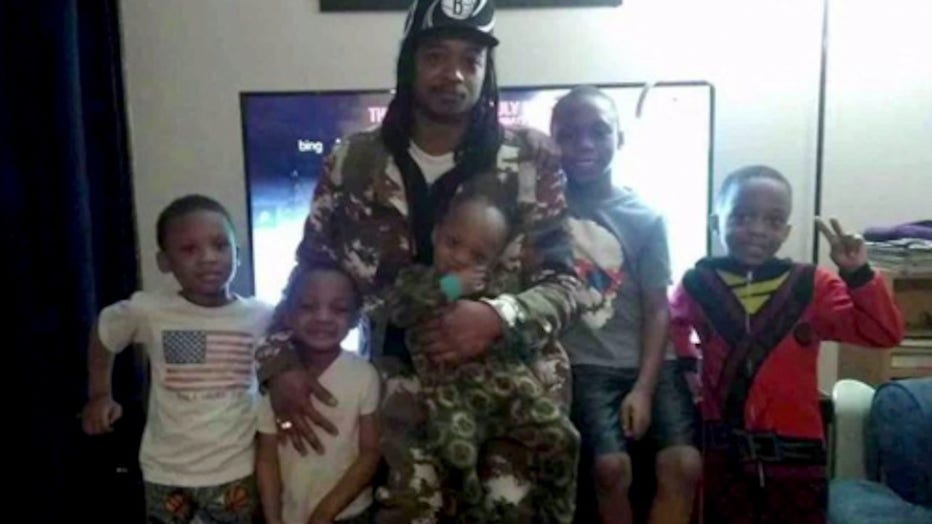
Jacob Blake
The bystander who recorded the shooting, 22-year-old Raysean White, said he saw Blake scuffling with three officers and heard them yell, “Drop the knife! Drop the knife!” before gunfire erupted. He said he didn’t see a knife in Blake’s hands. State investigators have said only that officers saw a knife on the floor of the car. They have not said whether Blake threatened anyone with it.
Matthews said officers made multiple requests to Blake to drop the knife, but he was uncooperative. He said officers used a Taser on Blake, but it did not incapacitate him.
“Blake forcefully fought with the officers, including putting one of the officers in a headlock,” Matthews said. A second stun from a Taser also did not stop him, he said.
As Blake opened the driver’s door of the SUV, Sheskey pulled on Blake’s shirt and then opened fire. Blake’s three children were in the backseat.
“Based on the inability to gain compliance and control after using verbal, physical and less-lethal means, the officers drew their firearms,” Matthews said. “Mr. Blake continued to ignore the officers’ commands, even with the threat of lethal force now present.”
The Wisconsin Department of Justice had no immediate comment on the union's version of events.
What happens after the DOJ investigation?
DCI is leading this investigation and is assisted by the Federal Bureau of Investigation (FBI), Wisconsin State Patrol and Kenosha County Sheriff’s Department. "DCI is continuing to review evidence and determine the facts of this incident and will turn over investigative reports to a prosecutor following a complete and thorough investigation," DOJ officials said Tuesday.
DOJ officials noted all involved law enforcement are fully cooperating with DCI during this investigation.
When DCI is the lead investigating agency of a shooting involving a law enforcement officer, DCI aims to provide a report of the incident to the prosecutor within 30 days, DOJ officials noted in the statement. The prosecutor then reviews the report and makes a determination about what charges, if any, are appropriate. If the prosecutor determines there is no basis for prosecution of the law enforcement officer, DCI will thereafter make the report available to the public.
Related
Rev. Jesse Jackson, Blake family urge groups in Kenosha to engage in positive community service
On Tuesday, Sept 1 at 11 a.m., the family of Jacob Blake will host a community gathering at the site of Jacob’s shooting.


